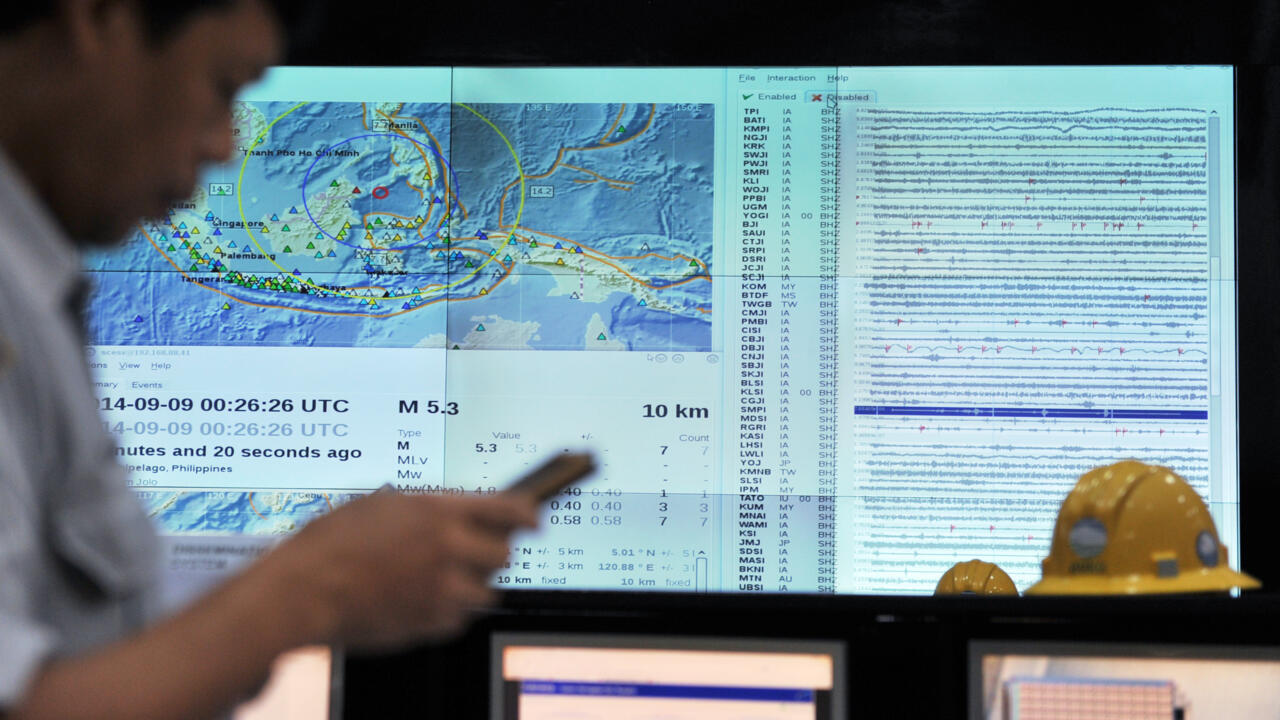Two decades ago, the online social media landscape was vastly different.
Facebook was launched early in 2004 but was not yet widely used when the tsunami hit.
One of YouTube’s founders reportedly said an inspiration for the platform’s founding in early 2005 was an inability to find footage of the tsunami in its aftermath.
Some tsunami images were posted on photo site Flickr. But X, Instagram and Bluesky now allow for instant sharing.
Experts are clear that more information saves lives — hours lapsed between the tremor’s epicentre near Indonesia and the giant waves that crashed into Sri Lanka, India and Thailand’s coastal areas.
Daniel Aldrich, a professor at Northeastern University, conducted interviews in India’s Tamil Nadu where many said they had no idea what a tsunami was and had no warnings in 2004.
“In India alone nearly 6,000 people were taken by surprise and drowned in that event,” he said.
Mobile apps and online accounts now quickly publicise information about hospitals, evacuation routes or shelters.
“Social media would have provided an immediate way to help locate other survivors and get information,” said Jeffrey Blevins, head of journalism at the University of Cincinnati.
Oberle also noted that “knowing what help was locally available… would have provided a clearer perspective of what to expect in the days to come”.
Citizen science
Beyond emergency rescue, social media clips can also be a boon to understanding a disaster’s cause.
When giant waves crashed into Indonesia’s Aceh province, footage remained largely confined to handheld camcorders capturing the carnage.
Fast forward to 2018, when a quake-tsunami hit Indonesia’s Palu city, killing more than 4,000 people, enough videos were taken on smartphones that scientists researching seismic activity were later able to use the clips to reconstruct its path and time between waves.






